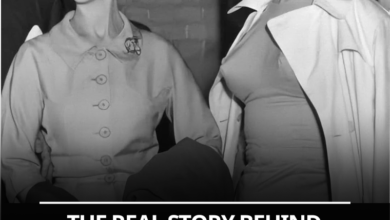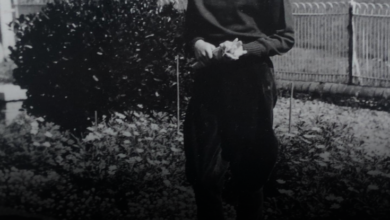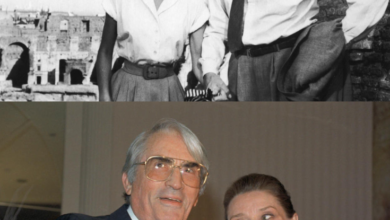The Hollywood Role Robert Redford Was Too Handsome to Play – And Why Clint Eastwood Took It Instead
OPINION: This article may contain commentary which reflects the author's opinion.
Hollywood has always been known for its casting battles, where beauty, charisma, and perceived on-screen chemistry often tip the scales in favor of one star over another. In the case of The Bridges of Madison County (1995), it wasn’t lack of talent or acting chops that kept Robert Redford from landing the lead role—it was his reputation as a “matinee idol.”
When The Bridges of Madison County was first in development, director Steven Spielberg purchased the rights to Robert James Waller’s bestselling novel before it was even published. Spielberg had initially lined up his frequent collaborator Sydney Pollack to direct the romantic drama, and that’s when Redford’s name reportedly entered the conversation. Pollack and Redford had worked together on several acclaimed projects, including Out of Africa (1985), and the idea of Redford starring opposite Meryl Streep—who had already signed on—seemed like a natural fit.
But Redford’s polished, all-American good looks ultimately worked against him. While he had long sought to break free of typecasting as a handsome leading man, studio executives had a different concern: they felt Redford’s “Hollywood glow” made him too perfect, too refined, to convincingly portray Robert Kincaid, the rugged, world-weary National Geographic photographer who sweeps Streep’s character off her feet.
“Warner never approved of Redford,” an anonymous executive told Entertainment Weekly. “He’s such a matinee idol as opposed to a rough, earthy guy. Clint has more edge.”
Redford’s history of fighting against being seen solely as a pretty face is well-documented. Although he was one of the most bankable stars of his era, he often bristled at the perception that he was “too good-looking” to play complex, gritty roles. In this case, however, the studio’s rejection of his image worked in favor of Clint Eastwood, who not only took on the role of Robert Kincaid but also stepped behind the camera as the film’s director. Eastwood’s weathered charm and understated presence proved to be a perfect fit, and the movie became both a critical and commercial success.
Eastwood’s portrayal of Kincaid helped redefine his career, showcasing a more vulnerable, romantic side that audiences hadn’t seen before. Streep, already a powerhouse, earned yet another Academy Award nomination for her performance as Francesca, further cementing the film’s status as a late-career triumph for both stars.
While Redford might have been seen as “too handsome” to play Kincaid, the casting decision ultimately contributed to the film’s enduring appeal. Eastwood’s rough-around-the-edges charm brought authenticity to the role, and his chemistry with Streep created a love story that continues to resonate decades later. It’s a case where Hollywood’s obsession with image ended up steering the project toward a winning formula, even if it meant sidelining one of the industry’s most beloved leading men.



